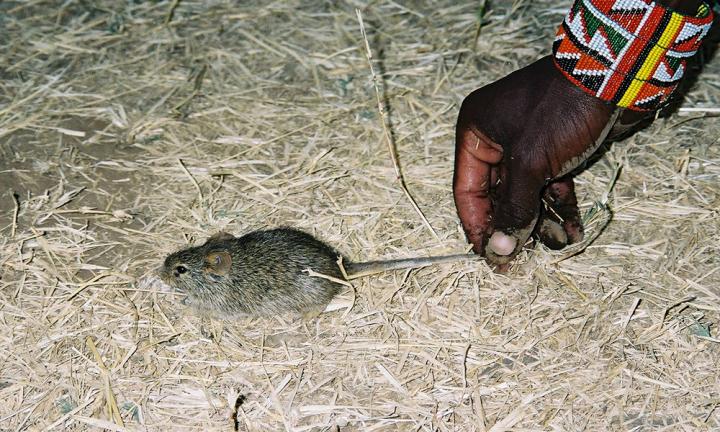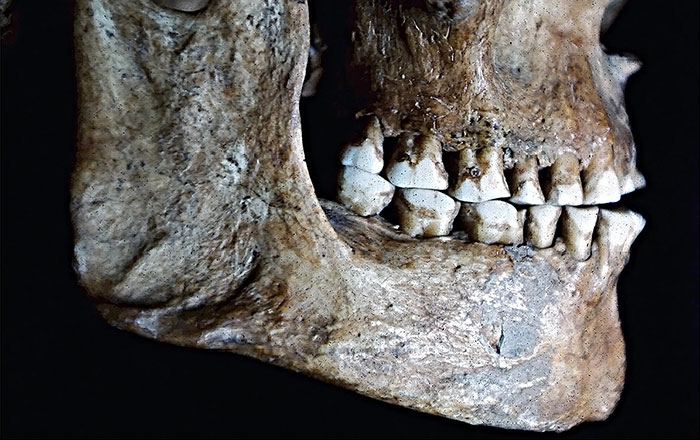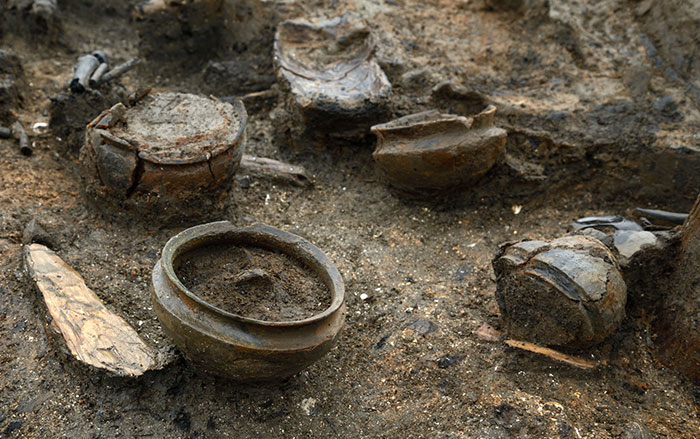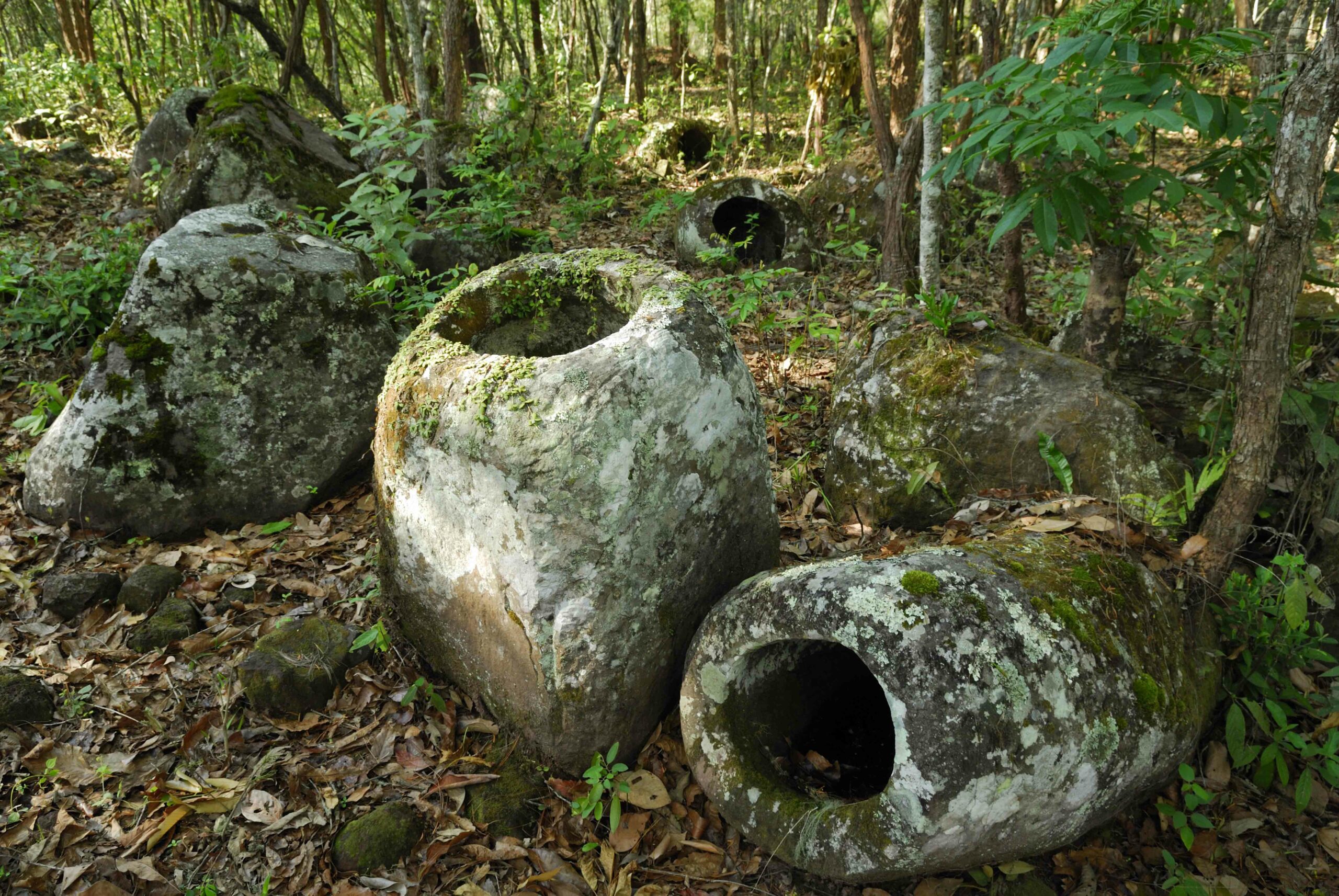
ST LOUIS, MISSOURI—Lior Weissbrod of the University of Haifa and Fiona Marshall of Washington University in St. Louis examined 272 mouse molars from 14 archaeological sites in Israel dating to between 200,000 and 10,000 years ago, according to a report in Gizmodo. They identified the long-tailed house mouse (Mus musculus domesticus) and its wild relative the short-tailed Macedonian mouse (Mus macedonicus) among the remains, and compared the size of the populations to those of mice living among today’s mobile Maasai herders. The study suggests that the house mouse first appeared in hunter-gatherer settlements some 15,000 years ago, and their populations rose and fell based upon how often the people moved to new locations. “After the initial pulse of establishment of house mice in sedentary human settlements of the early Natufian period, there is a return of the ‘wild’ mouse with displacement of the house mouse … during a short phase when humans reverted back to mobility,” Weissbrod explained. The researchers added that house mice made up 80 percent of the mouse population at the onset of farming in the Neolithic period. Weissbrod thinks the house mice may have had flexible dietary needs, and may have been more agile, making them better able to cope with the stress of living with humans. For more on hunter-gatherers, go to “The First Casus Belli.”











